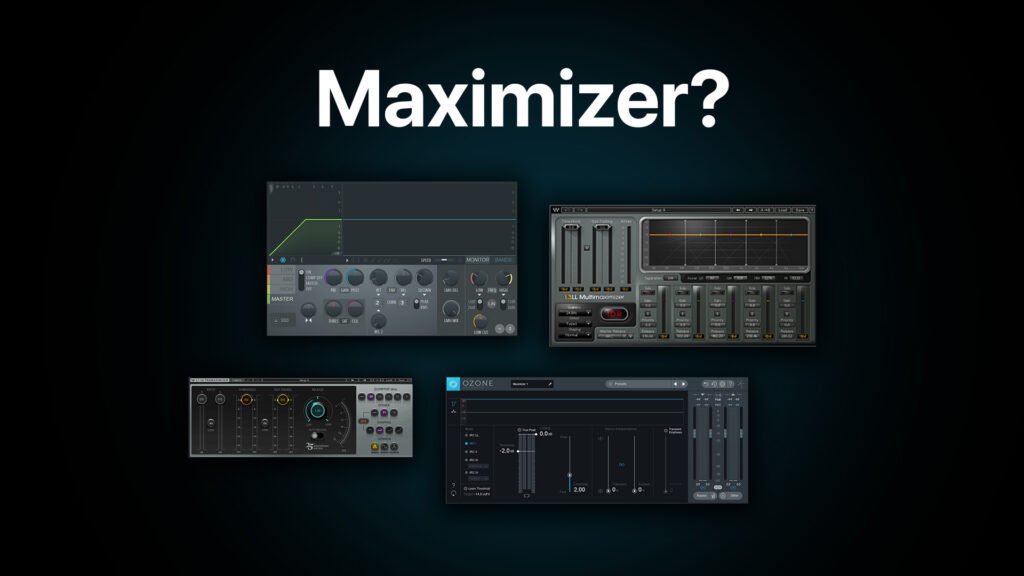
What is a Maximizer?
A maximizer is a powerful tool in music production that can help to increase the overall loudness and impact of your mixes. It is often used in the mastering stage to give your music that extra punch and energy. In this article, we’ll explore what a maximizer is, how to use it, and the difference between a maximizer and a limiter.
What is a maximizer?
A maximizer is a dynamic range processor that is designed to increase the overall loudness and impact of a mix without causing distortion. It works by raising the volume of quieter parts of the mix while keeping the loudest parts below a certain threshold. This helps to create a more consistent and powerful sound.
How to use a maximizer?
Using a maximizer can be a bit tricky, but with some practice and patience, it can help you achieve a clean and professional sound. Here are some tips for using a maximizer effectively:
- Set the input gain – The first step is to set the input gain to ensure that the loudest part of the mix does not exceed the maximum threshold. This will prevent any distortion from occurring.
- Adjust the release time – The release time determines how quickly the maximizer reacts to changes in the input signal. Adjust this control to achieve a smooth and natural-sounding output.
- Use the gain control – The gain control is used to boost the overall level of the mix. Use this control to increase the overall loudness and impact of your music.
- Avoid over-maximizing – It’s important to avoid over-maximizing the signal, as this can lead to a loss of dynamics and a flat-sounding mix. Use the maximizer sparingly and only where it’s needed.
- Use a high-quality maximizer – To achieve the best results, it’s important to use a high-quality maximizer that is designed specifically for music production.
Difference between a maximizer and a limiter
While both a maximizer and a limiter are dynamic range processors, there are some key differences between them. A limiter is designed to prevent any signal from exceeding a certain threshold, while a maximizer is designed to increase the overall loudness and impact of a mix. A limiter is often used to control the dynamic range of a signal, while a maximizer is used to increase its perceived loudness. A maximizer is typically used in the mastering stage, while a limiter can be used throughout the mixing process.
Conclusion:
A maximizer is a powerful tool in music production that can help to increase the overall loudness and impact of your mixes. Use it sparingly and only where it’s needed to avoid over-maximizing the signal and causing a loss of dynamics. To achieve the best results, use a high-quality maximizer that is designed specifically for music production. Understanding the difference between a maximizer and a limiter can help you choose the right tool for the job and achieve the best possible sound for your music.

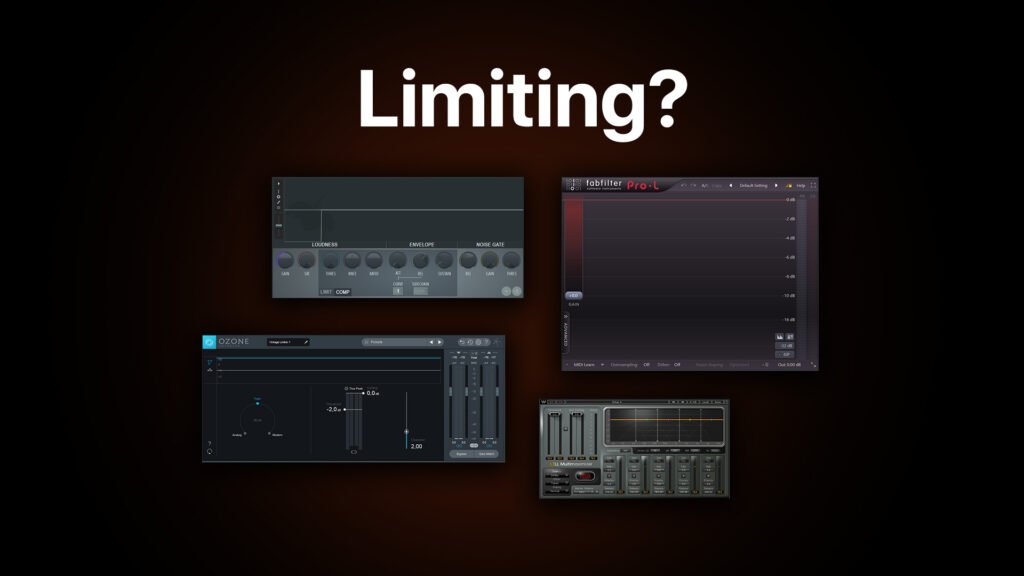
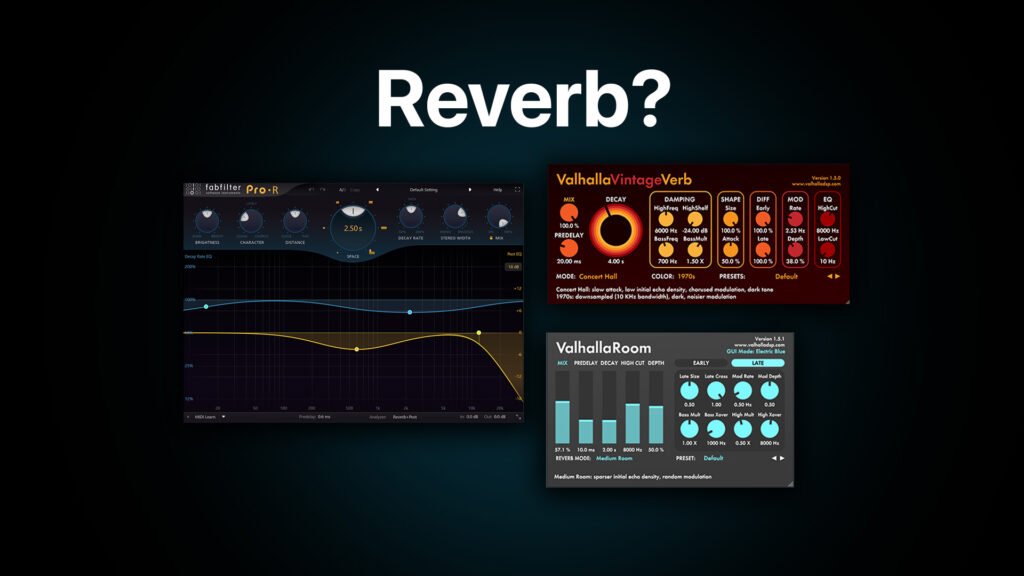

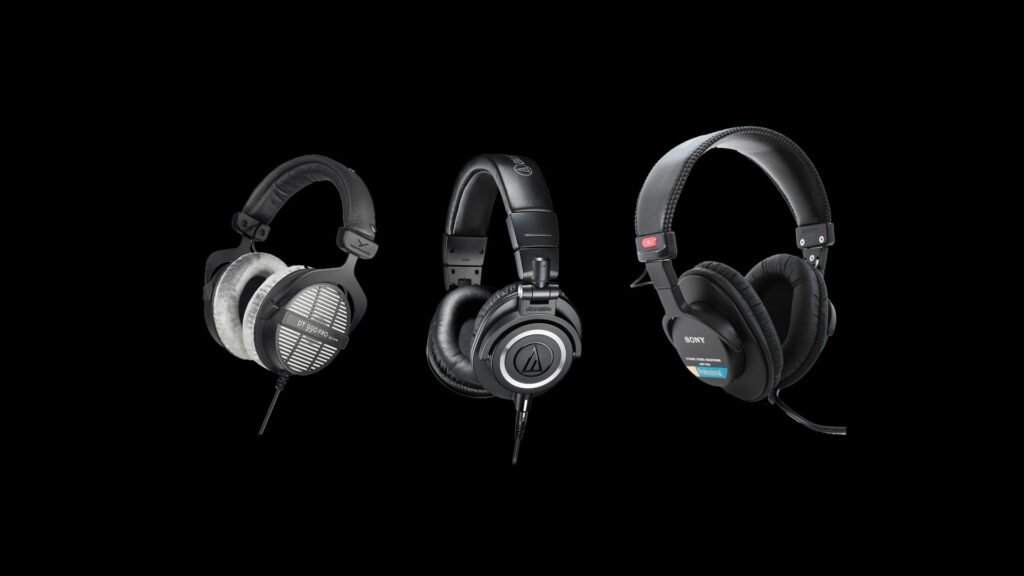
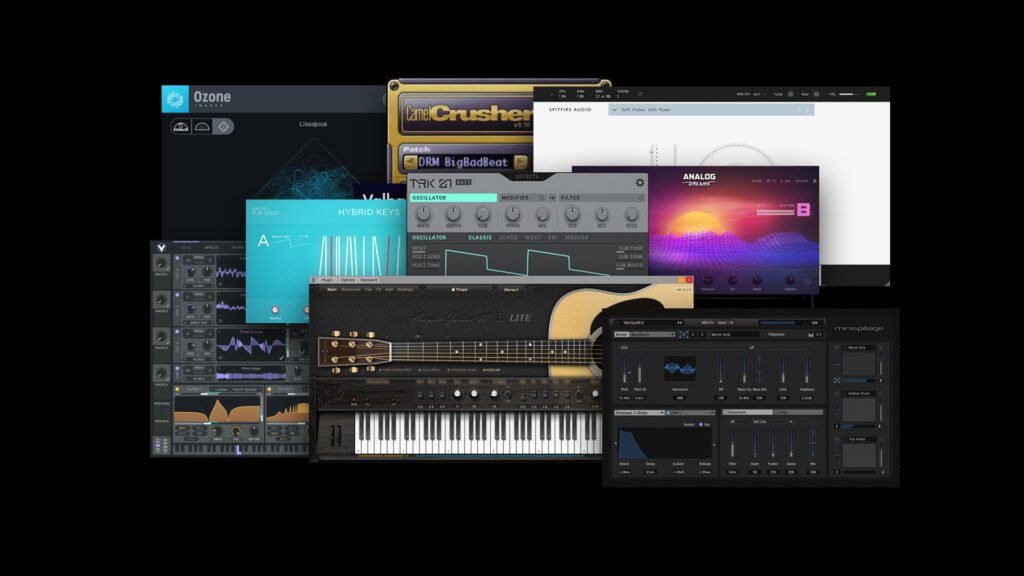
Responses